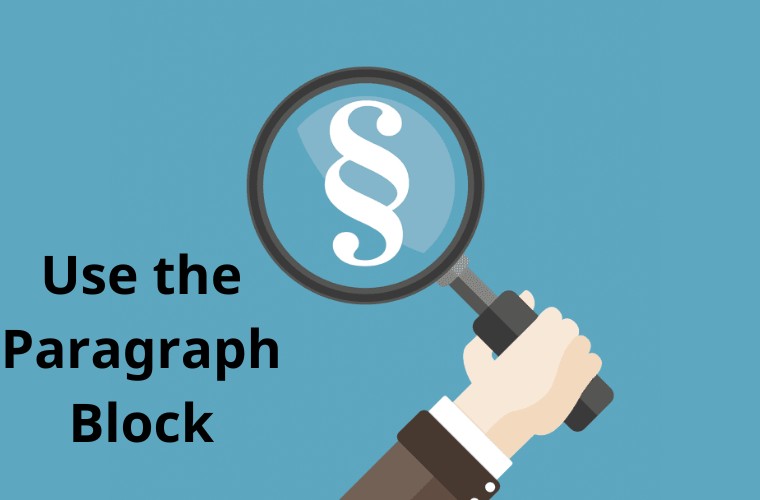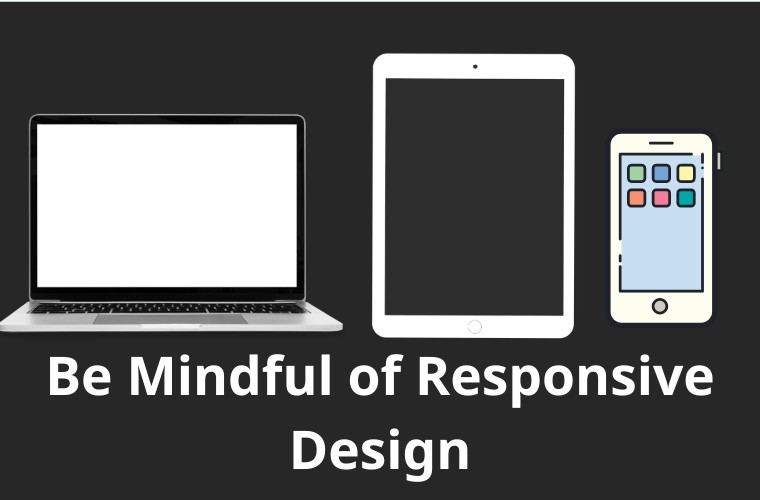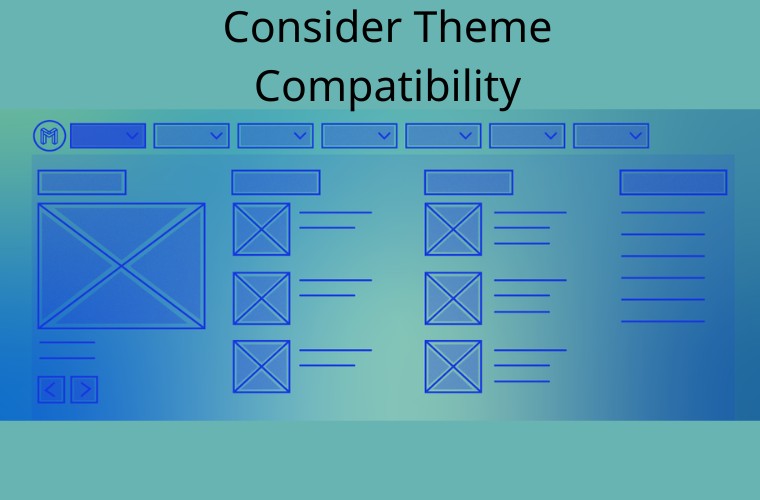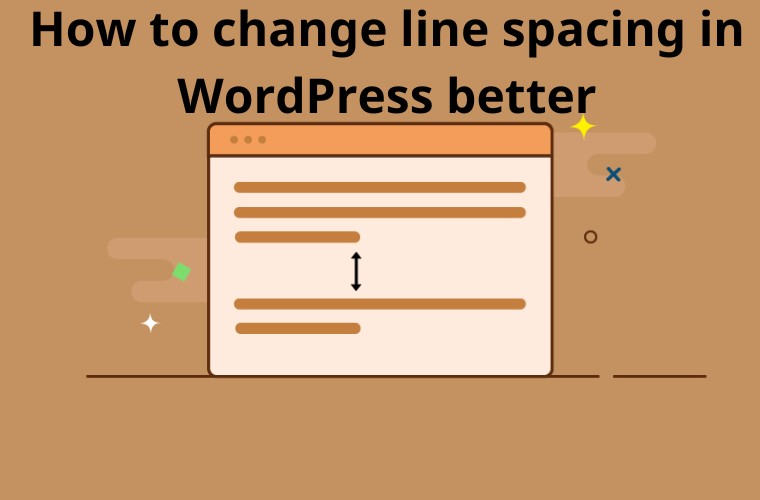Share this article
Get the week's best marketing content
Use the Paragraph Block, be mindful of responsive design, and consider theme compatibility.
Are you looking to improve the line spacing on your WordPress website for better readability and aesthetics?
Line spacing plays a crucial role in creating a visually appealing and user-friendly website, but the WordPress block editor doesn’t have built-in buttons for adding blank line space or adjusting line spacing between blocks. However, fear not! In this article, we will share 3 expert tips on how to change line spacing in WordPress for better results. Whether you want to add a line break, adjust line spacing within blocks, or create double-spaced lines after paragraphs, we’ve got you covered.
Let’s dive in and learn how to easily enhance the line spacing in WordPress for a more professional and visually appealing website.
Use the Paragraph Block
To answer the question “How to change line spacing in WordPress better?” Using Paragraph Blocks in WordPress is a good way, it’s very simple and easy. Here’s a step-by-step guide on how to use Paragraph Blocks to add and format body text with line spacing:

- Open the WordPress block editor (Gutenberg) and create a new page or post, or edit an existing one.
- Click on the “+” icon to add a new block to your page or post.
- In the block search bar, type “Paragraph” and select the “Paragraph” block from the available options.
- The Paragraph Block will be added to your page or post. You can now start adding your text content within the block.
- Simply click on the Paragraph Block and start typing or pasting your text content. You can format the text using the toolbar options that appear above the block, such as bold, italic, and alignment.
- To adjust the line spacing, click on the Paragraph Block to select it, and then navigate to the “Block” tab in the right-hand sidebar.
- Under the “Block” tab, you’ll find the “Line height” option. You can increase or decrease the value to adjust the line spacing. A higher value will increase the spacing between lines, while a lower value will decrease it. You can experiment with different values to find the ideal line spacing for your content.
- Once you’re satisfied with the line spacing and other formatting options, you can save or update your page or post to apply the changes to your live website.
Be Mindful of Responsive Design
When using Paragraph Blocks to know how to change line spacing in WordPress, it is important to pay attention to responsive design. Responsive design ensures that your website displays well and is easy to read on different devices, such as desktop computers, tablets, and mobile phones.

Here are some tips to keep in mind when adjusting line spacing with the Paragraph Block for responsive design:
- Avoid excessive line spacing: Be cautious not to add too much line spacing, as it can result in excessive white space on smaller screens, making your content harder to read.
- Use relative line height values: Utilize relative values, such as percentages or ems, for line height, as they adapt to the size of the parent container and are more responsive to different screen sizes.
- Consider font size: Ensure that your line spacing is proportionate to the font size to maintain optimal readability. Larger fonts may require slightly increased line spacing, while smaller fonts may need less to prevent excessive white space.
- Test on different devices: Always test your line spacing settings on different devices, such as desktop computers, tablets, and mobile phones, to ensure that your content remains readable and visually appealing across all screen sizes.
- Follow accessibility guidelines: Consider accessibility guidelines, such as those provided by the Web Content Accessibility Guidelines (WCAG), to ensure that your line spacing settings are inclusive and accessible to all users, including those with visual impairments.
Consider Theme Compatibility
When using the Paragraph Block in WordPress and being mindful of responsive design, it’s important to consider theme compatibility. Here are some points to keep in mind:

- Theme styles: Different WordPress themes may have their own default styles for typography, including line spacing. So, when using the Paragraph Block, be aware that your theme’s styles may override or interact with your line spacing settings.
- Custom CSS: Some themes allow you to add custom CSS to modify the appearance of your website. If you plan to use custom CSS to further adjust line spacing, be mindful that it may also affect how your content appears on different devices.
- Mobile responsiveness: Responsive design is crucial for a website’s mobile responsiveness. Different themes may handle line spacing differently on mobile devices. Check how your line spacing settings appear on mobile screens and make adjustments as needed to ensure readability and usability.
- Theme updates: Themes may undergo updates that can potentially impact your line spacing settings. After updating your theme, double-check your line spacing settings to ensure they are still applied correctly. If necessary, make adjustments to maintain the desired line spacing appearance.
- Theme recommendations: Some themes may have built-in settings or features specifically designed for adjusting line spacing or other typography elements.
By considering theme compatibility, you can ensure that your line spacing settings in WordPress are consistent with your theme’s design and responsive across different devices, resulting in a visually appealing and user-friendly website.
Conclusion
Remember to always preview and test your line spacing changes to ensure they enhance the readability and aesthetics of your content. If you’re not confident with CSS or coding, consult your theme’s documentation or seek professional help.
We hope these 3 tips on how to change line spacing in WordPress have been helpful in enhancing the readability and aesthetics of your website. By implementing these tips, you can create a more visually appealing and user-friendly experience for your visitors. Remember to always test your changes on different devices and screen sizes to ensure consistency across all platforms.
If you found this article helpful, make sure to check out our other resources on WordPress, such as our guide on how to start a WordPress blog and the best email marketing services for small businesses. Don’t forget to subscribe to our YouTube Channel for more WordPress video tutorials, and follow us on Twitter and Facebook for the latest updates and tips. Thank you for reading!



